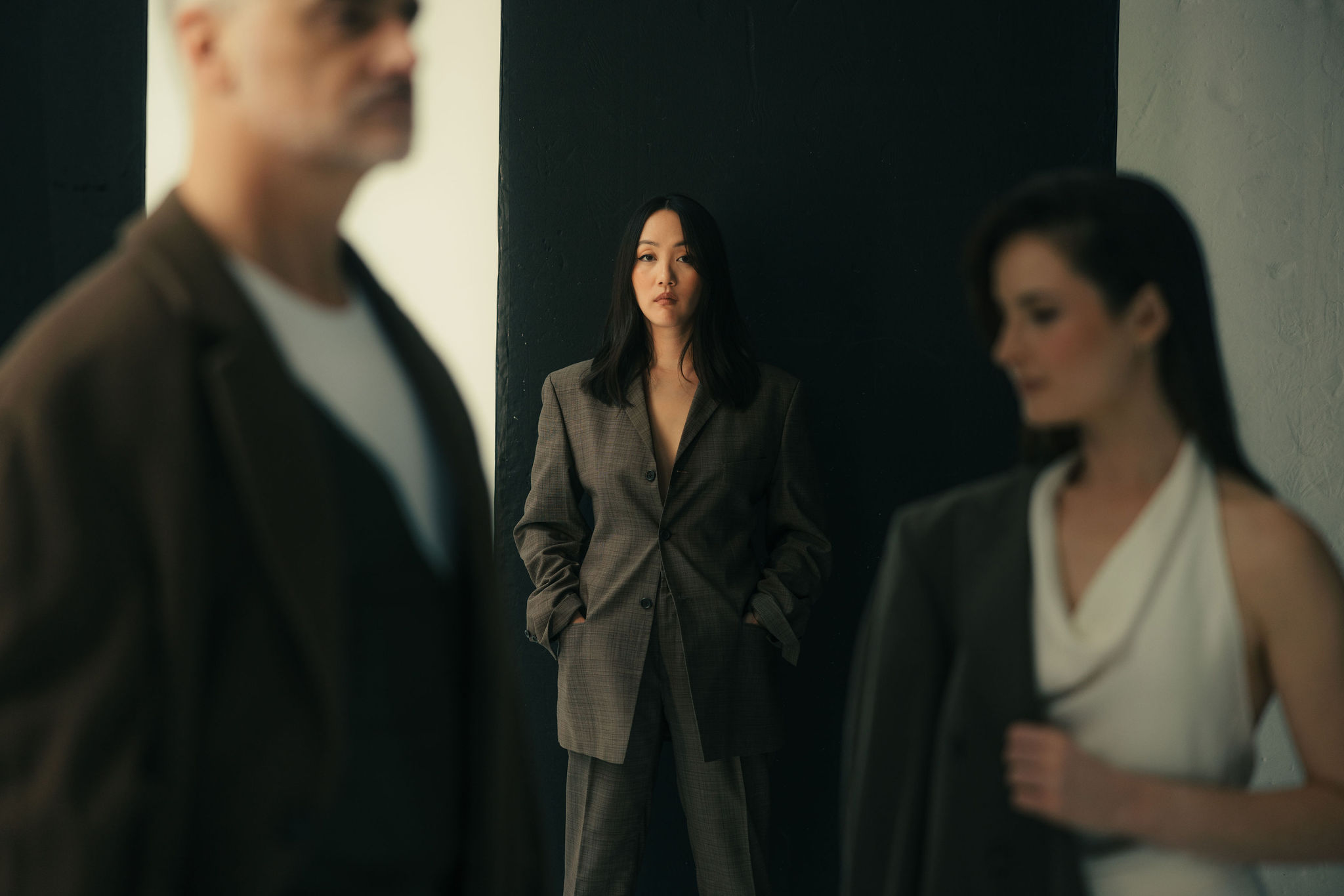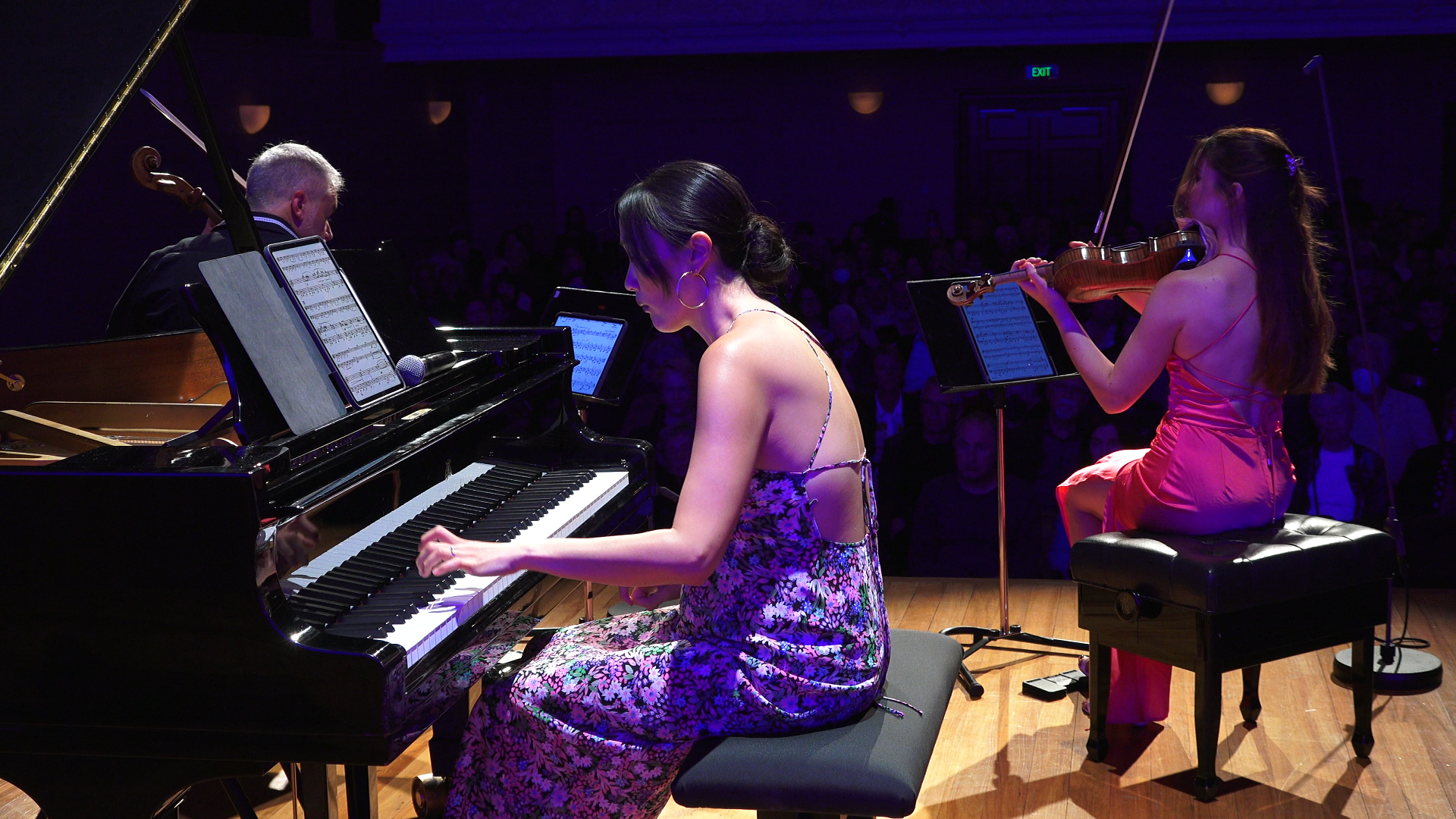Tectonic Shift
16jul7:00 pmTectonic ShiftTuesday Performance at Q Theatre
Event Details
Frank Bridge (UK) Allegretto Gillian Whitehead (NZ) Te waka o te rangi (new commission) Frank Bridge (UK) Gavotte Michael Norris (NZ) dirty pixels James MacMillan (UK) Piano Trio No.2 Jennifer
Event Details
Frank Bridge (UK) Allegretto
Gillian Whitehead (NZ) Te waka o te rangi (new commission)
Frank Bridge (UK) Gavotte
Michael Norris (NZ) dirty pixels
James MacMillan (UK) Piano Trio No.2
Jennifer Higdon (USA) Pale Yellow and Fiery Red
Anton Arensky (Russia) Piano Trio No.1 in d minor
Tectonic Shift sets sail aboard the Endeavour embarking on a huge journey across oceans with the sounds of English parlour music in our ears – Bridge’s Allegretto – and arrive on these shores to the startling sounds of taonga pūoro. The music that follows is NZTrio’s very latest commission, from Dame Gillian Karawe Whitehead and is a melding of cultures that contemplates those first encounters between Māori and European through the lens of music – European instruments responding with open understanding and consideration to the uniquely Māori sounds that prevailed earlier. It’s a contemplation of worlds colliding.
The brief jaunt back into a very British sound of Cook’s homeland – a second miniature from Bridge, this time his Gavotte – is comically jarring. We immediately return home to Aotearoa/New Zealand to experience a culmination of historical musical development in this country by way of NZTrio’s first ever commission, Michael Norris’ dirty pixels, all skittering murmurs and bongo beats.
Then, for dynamic perspective, we cross back to the UK to compare with a jaunty new work from those shores by Scottish composer James MacMillan.
The interval gives us time to catch our collective breath from that busy musical migration, contemplate the quantum shift we’ve just experienced, and summon our strength for the arm wrestle that lies ahead: two cold war superpowers struggling for dominance. USA’s ambassador Jennifer Higdon presents a colourful argument – calm and reason giving way to determined energy and unstoppable momentum. Russia’s emissary Anton Arensky summons up a famously impassioned speech – intense, heart-wrenching, darkly romantic. There is no winner.
Tickets $50 Adults / $25 Students
Time
July 16, 2019 7:00 pm UTC+12:00(GMT+00:00)
Location
Loft at Q
Programme Notes
Frank BRIDGE (UK; 1879 – 1941): 3 Miniatures for Piano Trio, Set 1
2. Gavotte
3. Allegretto con moto
Frank Bridge’s life falls into two periods: the composer of beautiful chamber music, much of it composed for himself to play on the viola (he was the violist of the fabulous Joachim quartet) or for friends of his at the Royal College of Music; and then the staunch pacifist and musical radical, Benjamin Britten’s beloved teacher, who also became a popular conductor at the Proms. What happened in between was the First World War. These lovely miniatures come from the first part, composed the year after he’d won first prize for piano trio in the famous Cobbett competition.
Dame Gillian WHITEHEAD (NZ; b.1941): Te waka o te rangi (new commission)
Te waka o te rangiis a waka in the sky, whose prow is the constellation matariki, and whose stern is Tautoru, the belt of Orion. Every night the captain, the star Taramainuku, trawls with his net to collect the souls of the people who had died that day, and, when Matariki sets in May, takes them to the underworld. When Matariki rises again, the souls are released to the heavens as stars.
This is one of the stories that was in my mind when I was writing this piece, but there are others. For instance, Tawhirimatea, the god of winds, was so upset by the separation of his parents, Ranginui and Papatuanuku, that he tore out his eyes and threw them into the sky where they became the constellation Matariki, while Tawhirimatea thrashed blindly round the sky, unable to see.
The clarity or otherwise of the nine stars of Matariki predicts the quality of the forthcoming harvest. My piece responds to Horomona Horo’s waiata, for koauau ponga iho (gourd nose flute) which precedes it, and I have also quoted the refrain of a piece for solo voice (Matariki) which I wrote some time ago. the text roughly translates as:
‘People gather to prepare the land, preparing mounds for kumara planting. It’s winter, the rainy season, pools lie everywhere. The small eyes of Matariki’.
Michael NORRIS (NZ; b. 1973): dirty pixels
In 1999 the Auckland artist Stella Brennan curated an exhibition of seven international artists at Victoria University’s Adam Art Gallery that “interrogated the anatomy of the pixel”, exploring the impact of digital culture on artistic practice. Michael, Head of Composition at the NZSM, has frequent occasion to visit: and he was inspired to write this partly by what he calls the “certain rough-hewn, gritty” nature of the New Zealand art featured, and by the music that he was listening to at the time – Wolfgang Rihm’s Jagden und Formen, that he describes as “an unremittingly wild and preposterous discourse of extremes.”
He called the work dirty pixels, after the exhibition, and continues:
“These two stimuli caused something of an aesthetic dilemma: leaving behind my rather French fondness for euphonious washes of sound, I became interested in the characteristics of roughness and raggedness, and in how a ‘pure’ conceptual scheme, such as the quite systematic construction I had formulated just prior to starting this piece, became ‘dirtied’ by intuition, by the exigencies of the material and by the reality of having it performed.
dirty pixelswas commissioned in 2003 by NZTrio, with funding from Creative New Zealand.
James MACMILLAN (UK; b. 1959): Piano Trio No.2
When James MacMillan shot to fame in the 1990s it was thanks to a pair of virtuoso show-stoppers, The Confessions of Isobel Gowdie and the piano concerto The Berserking, that cemented his reputation as a large-scale composer who could be relied upon to entertain audiences with massive orchestras at the Proms. Large sacred works followed, right up to his recent mass for the Pope: he’s a devout Catholic and lay Dominican, fiercely protective of the history of Catholicism in Scotland, and often speaks of the subliminal associations for him between music and faith and his life-long sense of the numinous. He’s a conductor, conducting the NZSO and the youth orchestra when he’s here in NZ and spending almost 10 years as Principal Conductor with the BBC Philharmonic: he’s a festival director; and in August 2019 he’s conducting a whole series of concerts at the Edinburgh International Festival for his 60th birthday.
It’s easy to forget that he also has a large body of chamber music. Over 40 works in total, including three string quartets, four piano quintets, and all sorts of things for mixed-ensemble inspired by the tumult of Scottish history or folk music. The two piano trios are almost twenty years apart, completely different in character: the first is sombre and intense, depicting the fourteen stations of the cross, where this one is playful and high-energy, inspired (as the composer describes it) by “a very fast, rollicking music-hall idea, quite clownish in character, alternating back and forth with a stately, lilting waltz theme.”
Jennifer HIGDON (USA; b. 1962): Pale Yellow and Fiery Red
“Can colours actually convey mood?”
That is the question that Higdon posed herself with these two works – part of a whole series of colour-inspired pieces that range from small piano trios like these (inspired by her favourite impressionist painters, Monet and Seurat) to her mammoth and enormously popular work for orchestra, Blue Cathedral. She loves colour: she grew up on a farm in the Appalachian mountains, with hippy parents and a father who was a commercial artist, surrounded by paintings, experimental film and 1960s rock music and folk – The Beatles, Rolling Stones, Simon & Garfunkel – only coming to classical music quite late when her mother bought her a flute from a pawn shop when she was 15. She didn’t begin composing until she was 21.
Now, she is one of America’s most prolific and popular composers, a professor at Curtis, and winner of a number of awards including the 2010 Pulitzer Prize for music, two Grammies and Best World Premiere for her very first opera. It’s a style that is unabashedly accessible, as she says: “I believe wholeheartedly in melody. I believe in a clear pulse and a clear rhythm. You don’t need a PhD to understand my pieces.”
Anton ARENSKY (RUS; 1861 – 1906): Piano Trio No.1 in D minor, Op.32
I Allegro moderato
II Scherzo: Allegro molto
III Elegia: Adagio
IV Finale: Allegro non troppo
This lovely piano trio, Arensky’s best known work, is by no means the only lovely thing he ever wrote. Concertos, symphonies, three operas and a vast amount of chamber music, he would have earned the same place in history that he enjoyed in society – had it not been for his own teacher, Rimsky Korsakov, who was so powerful that his is still the last word on Wikipedia today. “In his youth Arensky did not escape some influence from me; later the influence came from Tchaikovsky. He will quickly be forgotten.”
Look into that further, though, and you will find that young Arensky was awarded the gold medal at the St Petersburg Conservatory, with top marks from Rimsky Korsakov every single year. We see him become the youngest professor ever hired in Moscow (he was 21): he was Rachmaninov’s teacher, and one of the finest pianists and conductors in the country; and one year after he wrote this trio, at the age of only 34, he was headhunted for the richest and most prestigious position in all Russia, Director of the Imperial Chapel, back in St Petersburg. Balakirev was retiring. And who, for the last 12 years, had his long-suffering assistant been? Rimsky Korsakov. But Balakirev chose Arensky. It seems that he was never forgiven.
Arensky composed this trio in the memory of Karl Davidov, who had recently died – the “Csar of cellists”, as he was known, and Director of the conservatory when Arensky was a student. But Arensky’s own father had been a cellist: impossible not to hear a tribute to them both in the utterly profound and nostalgic elegy, the heart of the piece. But of course, it opens with a flourish, and that sense of energy continues throughout, even through the lyrical passages (and there are lots of them, Arensky was wonderful at songs), before a totally drama-filled and brilliant finale.
Programme notes by Charlotte Wilson.


